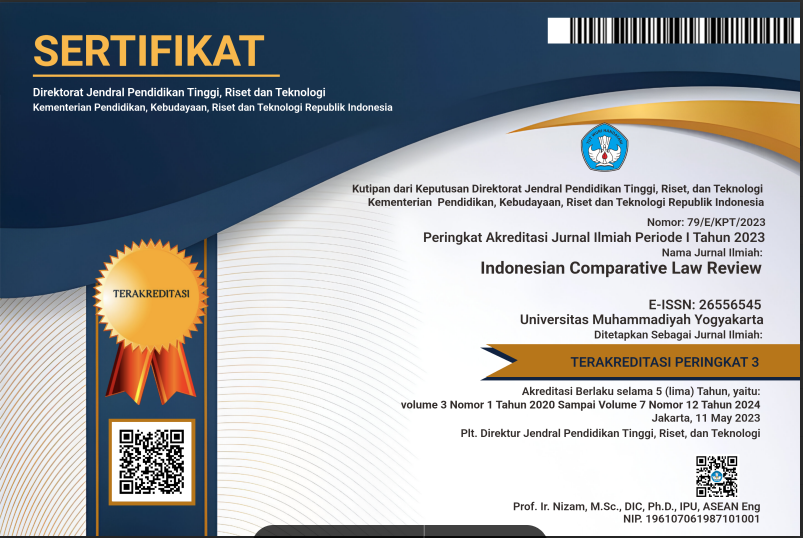The Prevention upon the Congenital Anomalies Effect: A Comparative Study between Indonesia, the United Kingdom and the United States
Abstract
Birth defects or congenital anomalies affect an estimated 1 in 33 infants, resulting in 3.2 million children with disabilities relating to birth defects every year. In addition, 11.3% of 2.68 million infant mortality caused by birth defects. South-East Asia region has the second highest prevalence of birth defects in the world, 9% of under-five deaths and 12% of newborn deaths in South-East Asia Region were due to congenital anomalies in 2015. In response to this, some countries have established law to prevent children from congenital anomalies. In fact, genetic is not the single factor causing the congenital anomalies. In many cases they were also the result of wrongful conduct of persons. The United Kingdom, for example, had passed a law to deal with the issue of congenital anomalies since 1976. Considering the above-mentioned statistic of birth defects in South-East Asia region, Indonesia have to take an action to prevent or reduce their occurrence. The paper aims to explore the possible ways to prevent the congenital anomalies in Indonesia. It is found that the prevention of congenital anomalies can be made through legal instruments. Unfortunately, the existing law, including the Child Protection Act, do not cover such an issue. With regard to this, the reform upon the law relating to it is urgent. For this purpose, learning from other countries such as the United States and the United Kingdom seems to be necessary.
Keywords
Full Text:
PDFDOI: https://doi.org/10.18196/iclr.2115
Refbacks
- There are currently no refbacks.
Copyright (c) 2019 Wahyudi Umar, Andi Agus Salim, Desy Nur Cahya Kusuma Putri

This work is licensed under a Creative Commons Attribution 4.0 International License. View My Stats


